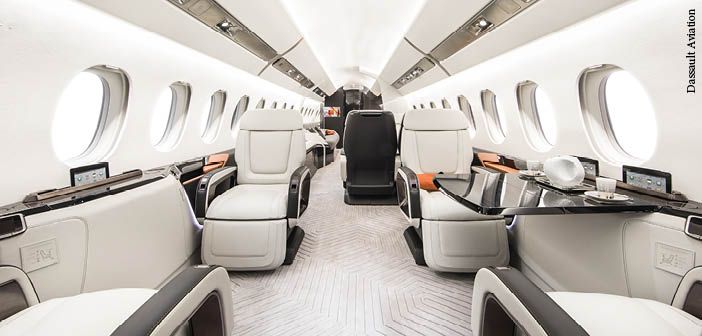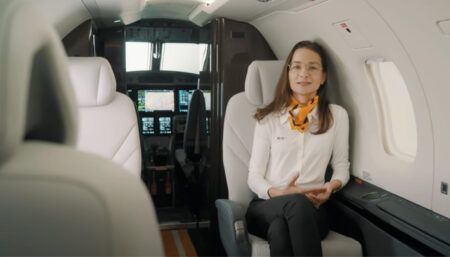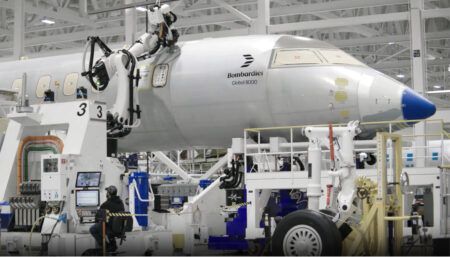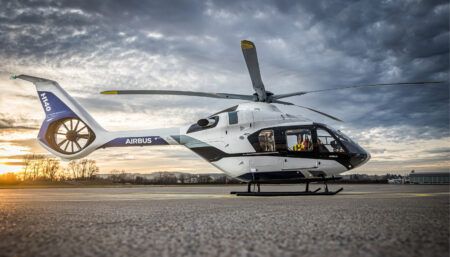Dassault Aviation has begun making major parts for the Falcon 6X, following the completion of the aircraft’s critical design review and freezing of its detailed design. The company is targeting early 2020 for the first Falcon 6X assembly, 2021 for the first flight and 2022 for the first delivery.
“Our design teams and partners have done an excellent job so far,” said Eric Trappier, chairman and CEO of Dassault Aviation. “Completing the design review this month and releasing the aircraft to the manufacturing process is a significant milestone. It demonstrates our confidence in the airframe and engine design as well as in the collaborative process we have put in place with our global partners.”
 Dassault says the Falcon 6X will have the largest cabin cross-section of any purpose-built business jet. The cabin is 6ft 6in (2m) high, 8ft 6in (2.6m) wide and 40ft 5in (12.3m) long. The aircraft will have a cabin altitude of 3,900ft at 41,000ft. The air filtration and circulation system is designed to refresh the cabin air fully in 2-3 minutes.
Dassault says the Falcon 6X will have the largest cabin cross-section of any purpose-built business jet. The cabin is 6ft 6in (2m) high, 8ft 6in (2.6m) wide and 40ft 5in (12.3m) long. The aircraft will have a cabin altitude of 3,900ft at 41,000ft. The air filtration and circulation system is designed to refresh the cabin air fully in 2-3 minutes.
The maximum range will be 5,500 nautical miles (10,186km). Dassault also says the 6X will have an ultra-efficient wing to minimize the impact of turbulence, a next-generation digital flight control system and noise suppression systems based on the company’s experience with the Falcon 8X.
Parts currently in production at Dassault and partner plants include the fuselage frame, skin panels and wings. Fuselage panels are produced at Dassault’s facility in Argenteuil, France, and wing panels at Seclin, near Lille, France.
 Dassault uses both a physical and a virtual plateau development process. During the physical plateau phase, which took place in 2018, engineers from Dassault and 20 main suppliers worked together at the company’s headquarters in Saint Cloud, France, to align the interfaces between major systems. Since the start of the virtual plateau phase, which began in 2018, collaborators have been working from their home location and sharing a central digital mock-up of the aircraft design in real time. VR tools allow them to examine system and component placement from perspectives not available on previous aircraft programs.
Dassault uses both a physical and a virtual plateau development process. During the physical plateau phase, which took place in 2018, engineers from Dassault and 20 main suppliers worked together at the company’s headquarters in Saint Cloud, France, to align the interfaces between major systems. Since the start of the virtual plateau phase, which began in 2018, collaborators have been working from their home location and sharing a central digital mock-up of the aircraft design in real time. VR tools allow them to examine system and component placement from perspectives not available on previous aircraft programs.
At some production sites, including Mérignac, France (final assembly), and Little Rock, Arkansas (cabin completion), engineers and manufacturing teams are working together in satellite plateaus, anticipating work in subsequent production and testing phases.
Images: Dassault Aviation





